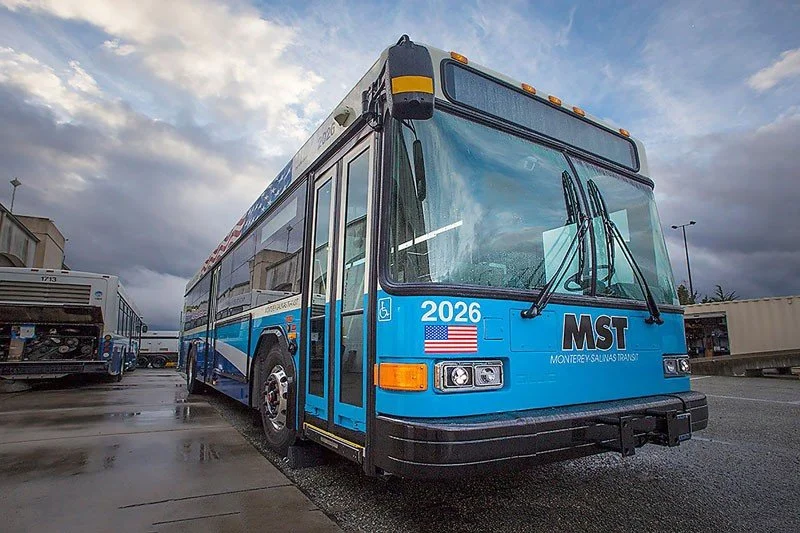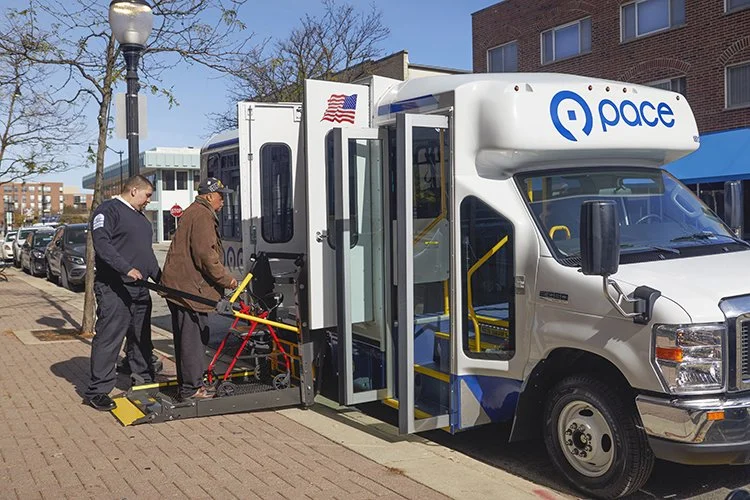On September 1st, 2022, Monterey-Salinas Transit (MST) announced that senior discounts on bus fares would now be available when using a contactless debit or credit card to pay for fares on fixed-route MST buses.
Read MoreThe Bay Area’s regional planning organization and largest regional transit agency are starting to grapple with the specifics of the impending financial crisis when federal Covid relief funding runs out as transit ridership has been returning gradually. Last month, the MTC outlined a general strategy to pursue fiscal bridge funding from the state, while working in a longer time frame on a regional funding measure. The work is now beginning in earnest.
Read MoreBay Area voters will have the opportunity to consider a number of ballot measures and propositions related to public transit and active transportation in the upcoming November election. Seamless Bay Area is proud to endorse ‘yes’ votes on San Francisco Proposition L and Oakland Measure U; we also recommend that San Francisco residents vote ‘no’ on Proposition I and ‘yes’ on Proposition J.
Read MoreToday, Bay Area civic groups jointly released a Transit Transformation Report Card tracking the region’s progress toward integrating the region’s 27 transit systems. The Report Card is being released on the one-year anniversary of the Metropolitan Transportation Commission’s adoption of the ambitious Transformation Action Plan aimed at growing transit ridership.
Read MoreIn the Bay Area, riders with disabilities can access public transit and receive reduced fares through the Regional Transit Discount (RTC) card program and ADA Paratransit. On August 26, Clipper representatives presented ongoing and future work on these two programs to improve the experience of disabled users.
Read MoreMore than six months into the Network Management Business Case, the study is at risk of going seriously off track due to calls from transit agencies for time-consuming, exhaustive analysis to ‘prove’ the value of regionalizing certain transit system functions, which may limit the outcomes to incremental reforms.
Read MoreSeamless Bay Area and partner advocacy groups have developed a candidate questionnaire focused on transportation issues - so we can hear where candidates stand and let them know that voters care.
Read MoreOn Monday, August 15, 2022, the brand new Clipper BayPass pilot was launched at four Bay Area community colleges and universities, providing students with unlimited travel on every transit operator that uses the Clipper fare system.
Read MoreLike many bills before it, the Seamless Transit Transformation Act has pushed forward change - even though it didn’t become law.
Read MoreThe regional transit planning agency for greater Montreal, The Autorite regionale de transport metropolitan (ARTM), recently unveiled a complete overhaul to the region’s 17 previous fare structures and 750 separate fares. With it, public transit for many in the area will become less expensive, simpler, and more seamless
Read MoreIn the Chicago area, movement towards fare integration and discounted transfers are providing more equitable access to public transit. This progress can provide valuable lessons and inspiration for the Bay Area’s own movement towards seamless transit.
Read MoreThe MTC is kicking off a major project to develop a unified mapping and wayfinding system for the Bay area, helping future transit users navigate all 27 agencies that make up the Bay Area’s transit system. However, disability activists are identifying that important components of wayfinding, including tactile and audio cues, are missing from the project scope.
Read MoreYesterday, SB 917 (Becker), the Seamless Transit Transformation Act, passed another key milestone on the way to becoming law, passing out of the important Assembly Transportation Committee with unanimous support.
Read MoreThe Bay Area’s public transit system is developing a set of wayfinding standards to help riders navigate a system with 27 different agencies. It is particularly important to develop the standards with the input of people with access needs. To effectively support transit users with disabilities, accessible wayfinding information can include mobile apps, signs, visual, audible and tactile cues, and other resources that convey information to help a user navigate the transit network.
Read MoreIn March, the Oakland Department of Transportation published a report on the outcomes of a yearlong universal mobility pilot program intended to increase transit, walking, bicycling, and shared mobility, with a focus on low-income residents in East Oakland. The pilot was a success, with 40% of participants reporting that they changed how they travel, with 23% saying they drove alone less often.
Read MoreThe VTA board made a decision on May 5 to do an independent peer review of options to improve rider experience and urban design, working with BART and the City of San Jose. Imagine what Bay Area megaprojects would be like if rider experience and urban design was prioritized as a matter of course.
Read MoreSeamless Bay Area co-sponsored this San Jose Mayoral Candidates Forum with SPUR and other bay area organizations so members of the public can learn about each candidate’s perspective and position on integrated transit in the Bay Area.
Read MoreSeamless Bay Area organized forty public transit fans to turn out at 8am on an overcast Sunday in San Francisco as part of the first ever transit cohort for the annual Bay to Breakers race.
Read More
















